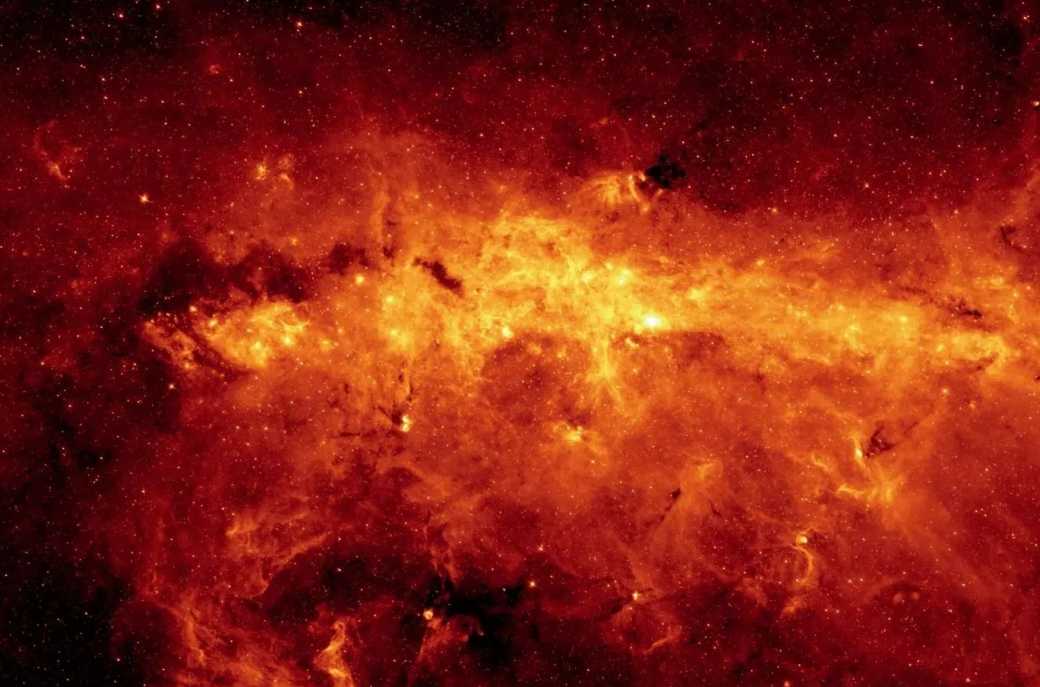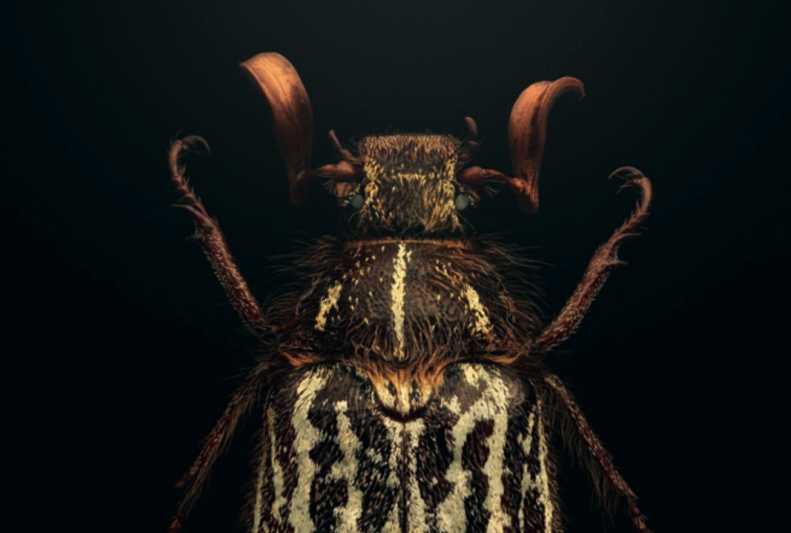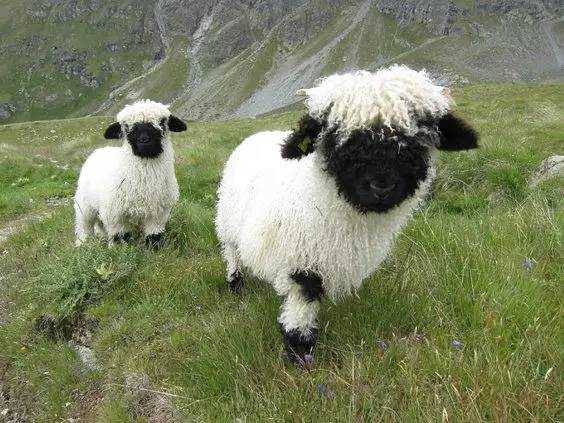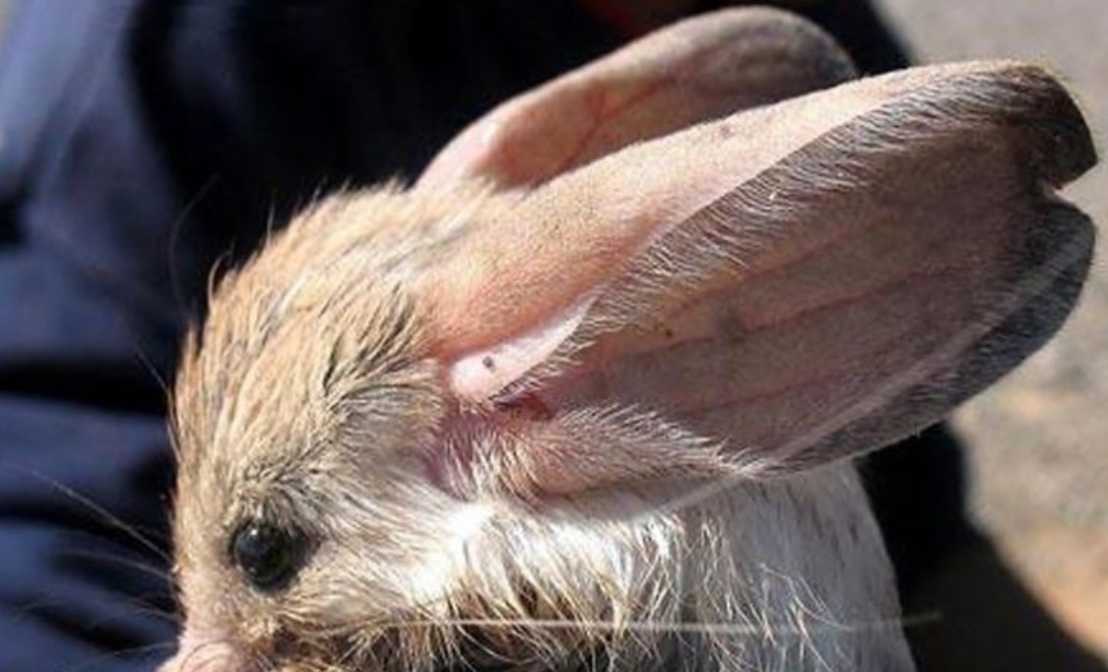Spitzer's Infrared Glimpse into the Heart of the Milky Way
A remarkable image captured by NASA's Spitzer Space Telescope has unveiled the hidden splendor of the Milky Way's central region. In visible light, this area is veiled by thick clouds of obscuring dust and gas. However, Spitzer's infrared cameras have pierced through these obstructions, presenting a breathtaking view of the crowded galactic core.
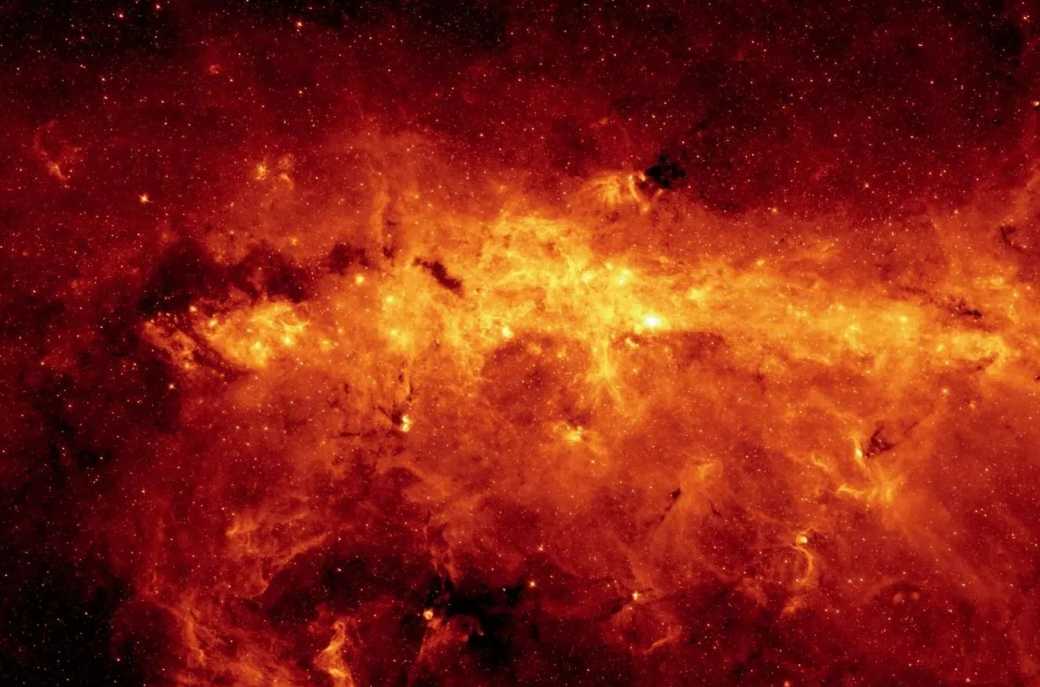
Source: Images from the Internet, if there is any infringement, please contact the removal of
The image showcases hundreds of thousands of stars densely packed in the swirling center of our spiral galaxy. The old and cool stars are depicted in bluish hues, while the dust features, illuminated by the intense radiation of blazing hot, massive stars, glow in a reddish color. Filamentary clouds, both bright and dark, are clearly visible, with many of them serving as stellar nurseries, nurturing the birth of new stars. The plane of the Milky Way's flat disk is evident as the main, horizontal band of clouds. At the very center, a supermassive black hole, weighing about 4 million times as much as our Sun, is marked by the brightest white spot in the middle of the image. This extreme environment is bathed in intense ultraviolet light and X - ray radiation, yet much of this activity was previously hidden from our view due to the vast amounts of interstellar dust.
The region captured in this image is immense, spanning 890 light - years horizontally and 640 light - years vertically. Earth is located 26,000 light - years away, in one of the Milky Way's spiral arms. Scientists are particularly intrigued by the giant lobes of dust extending away from the plane of the galaxy, which they believe might have been formed by winds from massive stars. This false - color picture, a mosaic of thousands of short exposures taken by Spitzer's infrared array camera, shows emissions from wavelengths of 3.6 microns (blue), 4.5 microns (green), 5.8 microns (orange), and 8.0 microns (red). The entire region was imaged in less than 16 hours. As we continue to explore the cosmos through the eyes of Spitzer and future telescopes like the James Webb Space Telescope, we are bound to uncover more secrets hidden within the heart of our galaxy.
-------- END --------
